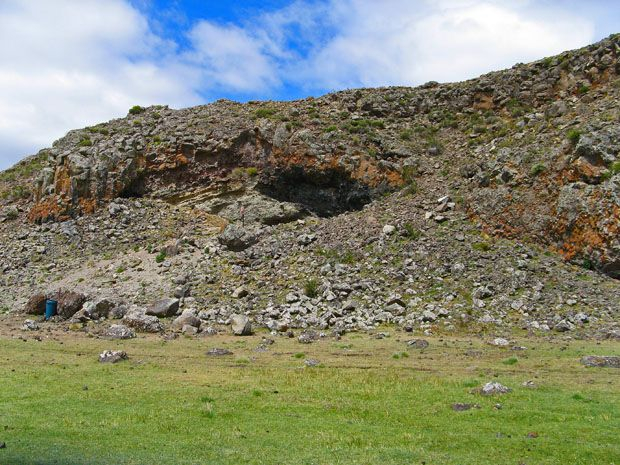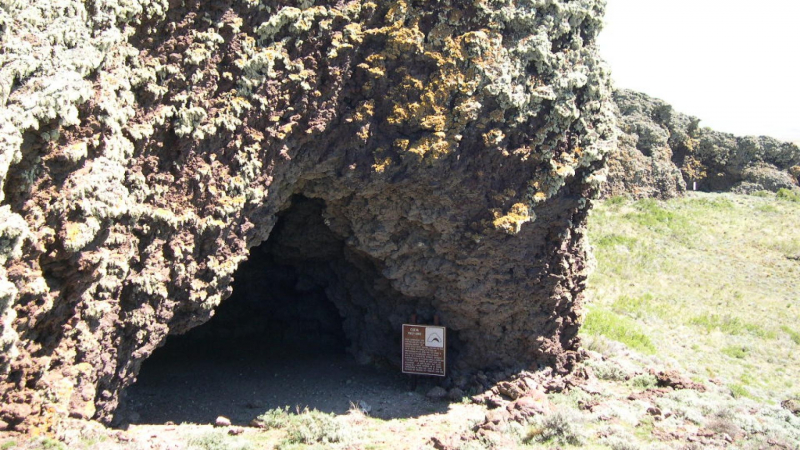Cueva Fell

Cueva Fell is a natural cave in southern Patagonia that also serves as an archaeological site. Cueva Fell lies next to the Pali Aike Crater, which is another important archaeological site. Cueva Fell, one of the Most Epic Caves in Chile, has been proposed to UNESCO as a candidate World Heritage Site, together with the neighboring Pali Aike site.
Junius Bird was the one who discovered Fell's Cave. Arrow tips and flakes were discovered on the surface, which drew his attention. Bird dubbed the cave Fell's Cave in honor of the Fell family, who owned the Estancia Brazo Norte, the North Arm Station, where the cave is located. The site was first excavated in 1936.
Fell's Cave is located near the Straits of Magellan and the Argentine border in Chile's Ro Chico canyon. The Southern Patagonian Basalt Plateaus are the name given to this region. It is more correctly defined as a rock shelter because it is located on the southeast side of what was originally a river bank. River water wore away at the sandstone bank, leaving behind a canopy of lava conglomerate and forming a shelter 28 feet (8.5 meters) deep and 38 feet (12 meters) broad. The erosion left a smooth, hard clay floor. Sandstone shards that clung to the conglomerate roof gradually dropped to the floor, separating later human habitation periods archaeologically.
Location: Chico






